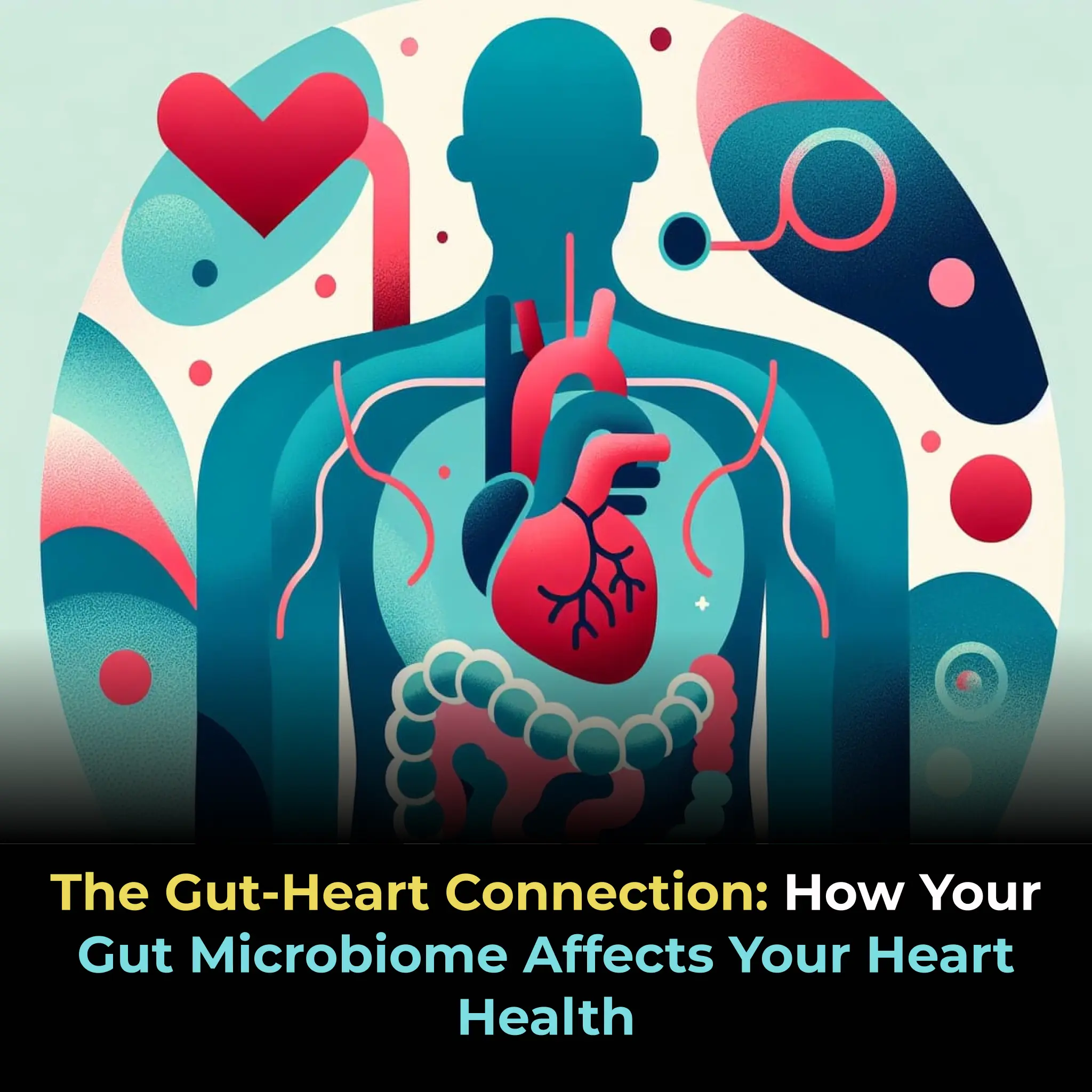
Depressing find at the bottom of the Mariana Trench is a warning to the world
For decades, the Mariana Trench — plunging nearly 11 kilometers beneath the Pacific Ocean — was considered one of the last pristine places on Earth. Its remote location, extreme depth, and crushing pressure seemed to place it far beyond the reach of human interference. But this illusion was shattered when scientists made a sobering discovery: a crumpled plastic bag lying silently at the trench’s bottom. This wasn’t just litter; it was a stark, undeniable message that no corner of our planet is immune to the effects of human waste.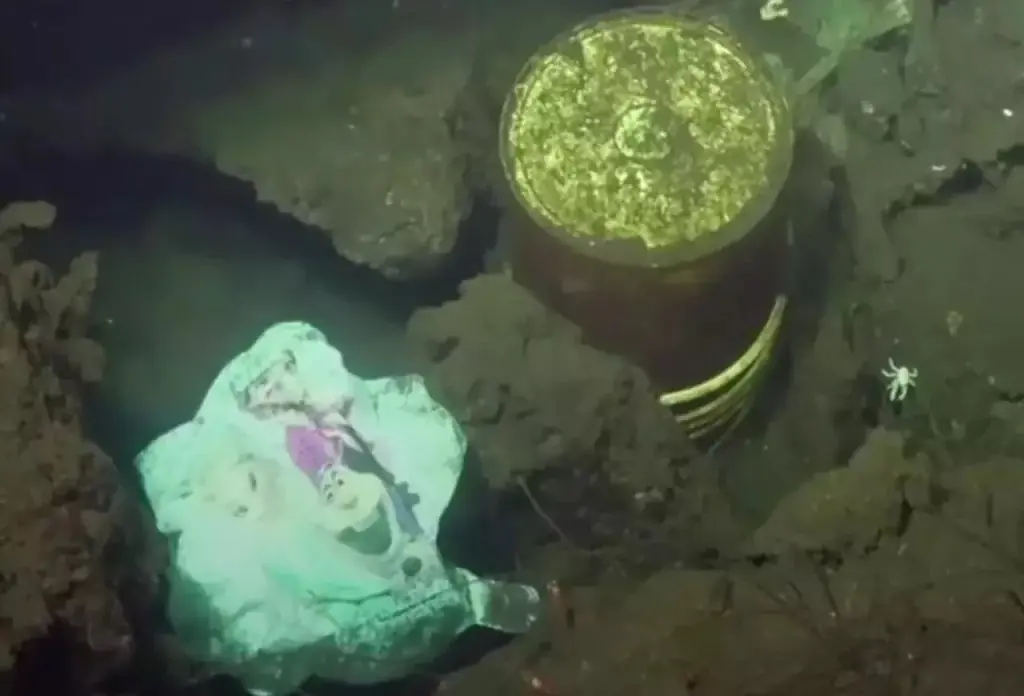
While the trench might look like a lifeless, alien world, it is actually home to an array of extraordinary marine life — from delicate deep-sea corals to ghostly jellyfish and even elusive deep-dwelling octopuses. Yet, a study of images from the Deep-Sea Debris Database revealed a disturbing reality: 17% of photographs showing plastic also captured interactions with marine animals. These encounters included entanglement in drifting debris and ingestion of plastic fragments, both of which can lead to injury, starvation, or d:eath.
Plastic Pollution: A Global Crisis That Reaches the Ocean’s Floor
Plastic pollution is not a distant problem — it’s a daily, escalating crisis affecting every ecosystem on the planet. Single-use plastics, like the very bag discovered in the Mariana Trench, are among the worst offenders. Designed for convenience, they are used for minutes yet can persist for centuries, traveling through rivers, coastlines, and ocean currents until they sink into even the most inaccessible depths.
Data from the Deep-Sea Debris Database confirms plastic as the most common type of waste found in our oceans. Alarmingly, 89% of the plastic identified in the trench was single-use, underscoring the overwhelming impact of disposable items on marine environments.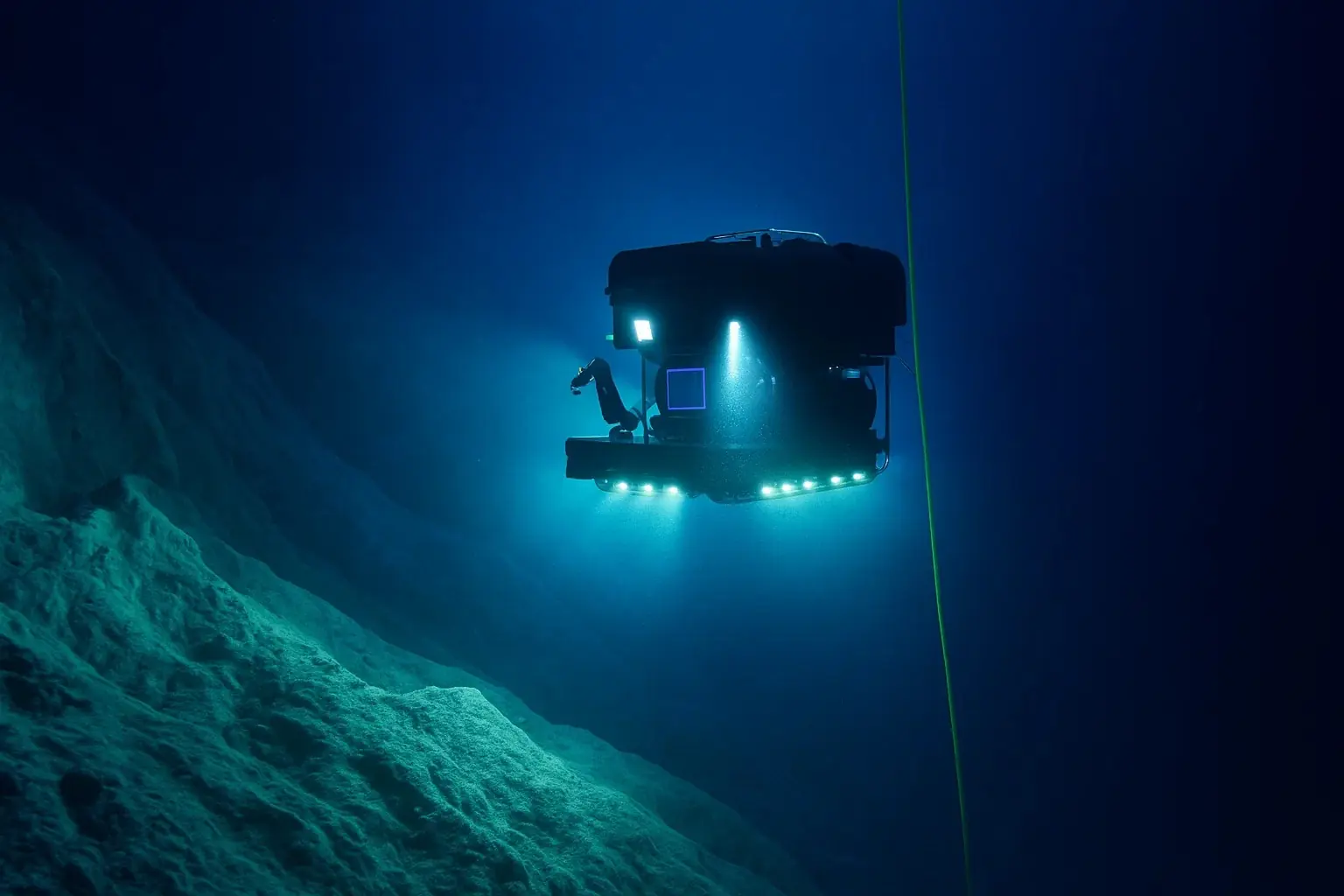
Despite its isolation, the Mariana Trench is not protected from human activity. Around 20% of marine plastic pollution comes directly from ships and other vessels. The remaining 80% originates on land, much of it carried to the sea by just ten major rivers that run through densely populated regions. Discarded fishing gear is another major contributor, making up large portions of infamous floating garbage patches such as the Great Pacific Garbage Patch between Hawaii and California.
The Hidden Threat of Microplastics and Toxic Chemicals
The danger doesn’t end with visible debris. Over time, plastic waste breaks down into microplastics — tiny fragments that can be ingested by even the smallest marine organisms, working their way up the food chain. These particles can drift in the water column before settling on the seabed, meaning the Mariana Trench, despite its isolation, is not spared.
Scientists have also detected chemical pollutants in trench sediments, some of which may originate from the slow degradation of plastics. These chemicals can accumulate in deep-sea ecosystems, potentially altering food webs and threatening the survival of species that have evolved in isolation for millions of years.
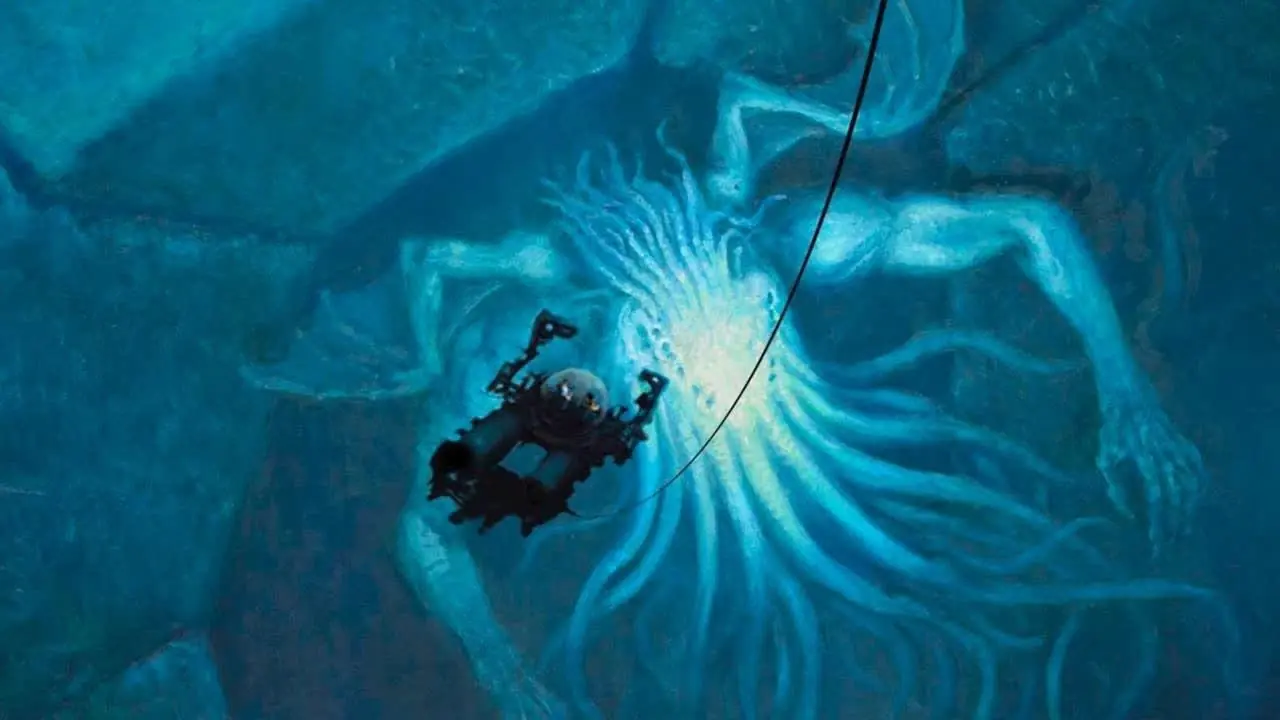
A Global Wake-Up Call
The image of a lone plastic bag resting in the planet’s deepest ocean point is more than a curiosity — it is a warning. It shows that human actions, even those far from the ocean, have global repercussions. Reducing single-use plastic, improving waste management, and holding industries accountable are no longer optional; they are urgent steps if we are to protect Earth’s most remote and fragile habitats.
The Mariana Trench is a silent witness to our planet’s growing environmental crisis. Whether it remains a cautionary tale or becomes the turning point in our fight against pollution is up to us.
News in the same category


12 Health Hacks Doctors Rarely Share: Secrets for Optimal Health and Well-being

A Parade Moment That Became Global Joy

Nick Vujicic: Living Proof That the Human Spirit Knows No Limits

You’re Made of Stardust – Literally! 🌌🚀
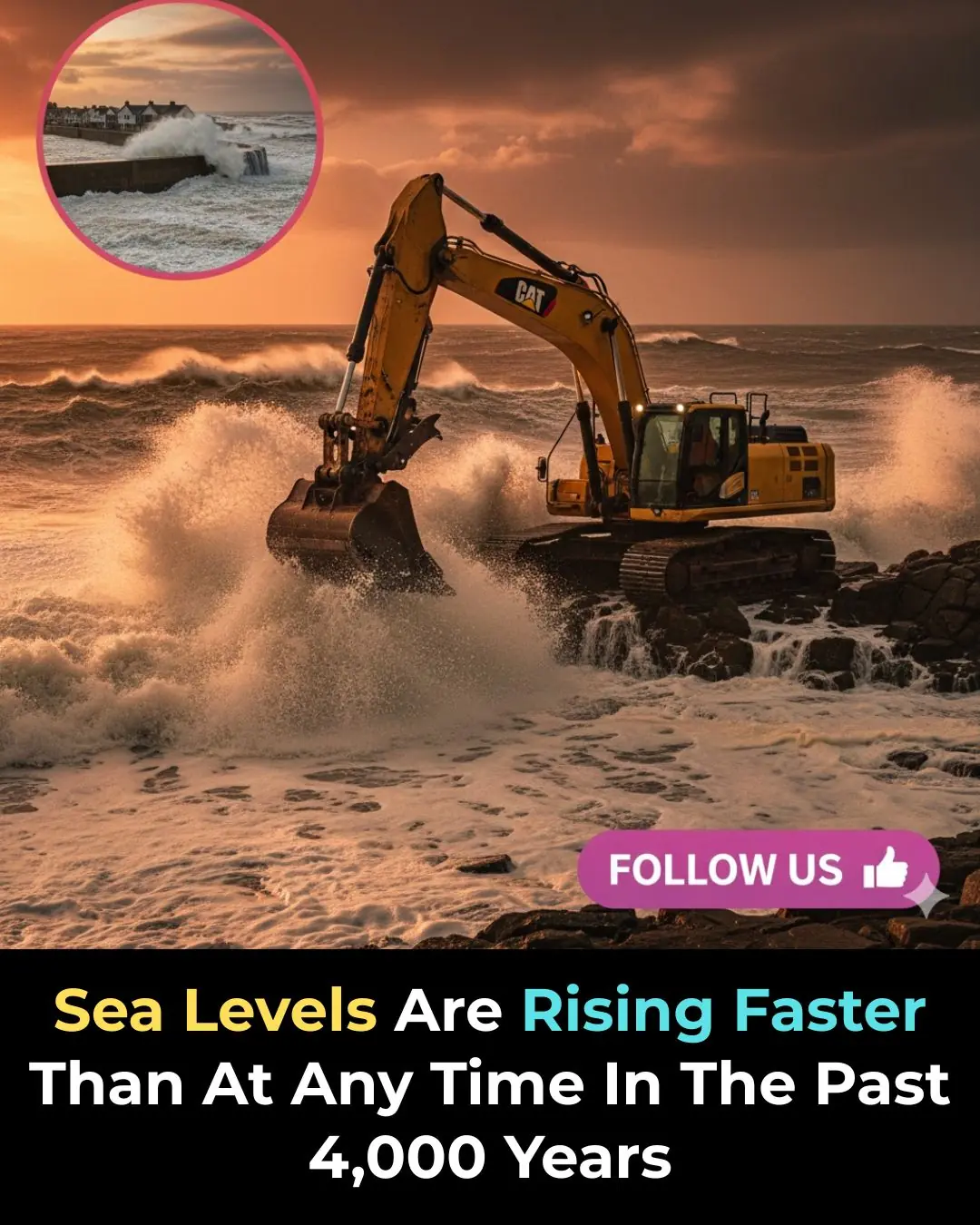
Sea Levels Are Rising Faster Than At Any Time In 4,000 Years 🌍

Your Dog Might Actually Love You More Than Food
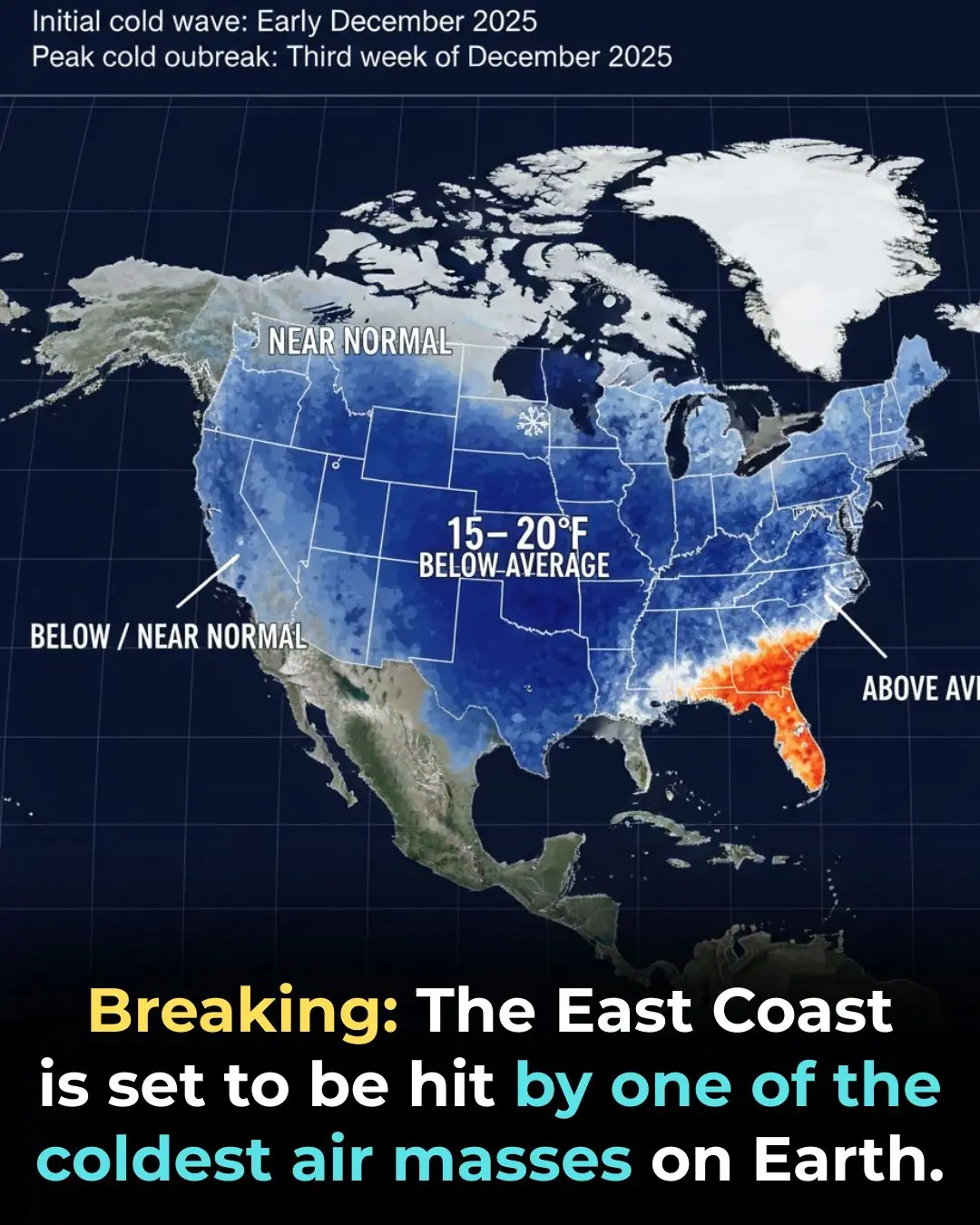
Deep Freeze Set to Slam the Eastern U.S. This December

Nike Co-Founder Phil Knight Makes Historic $2 Billion Donation to Cancer Research
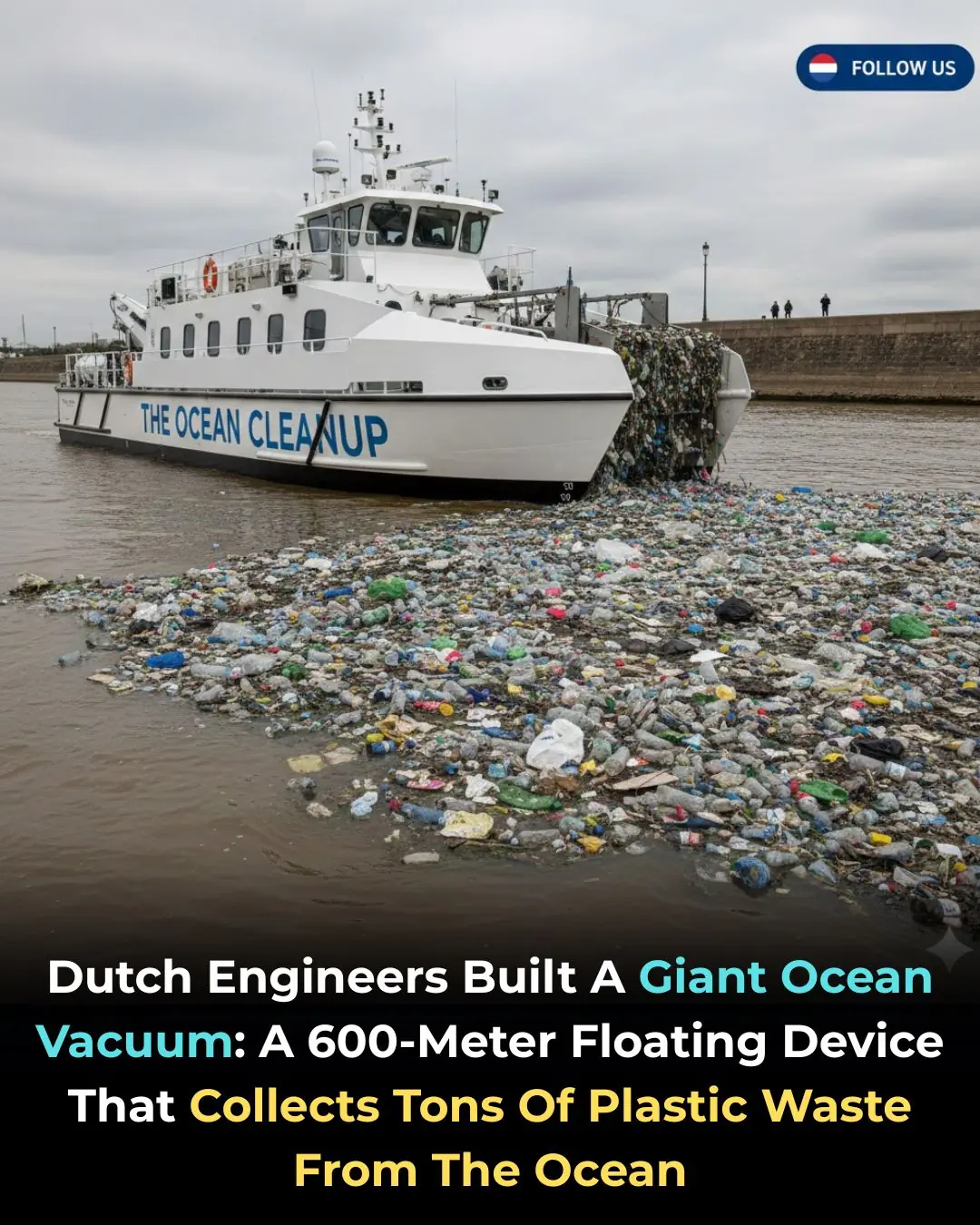
Dutch Engineers Tackle the Pacific’s Plastic Crisis with 600-Meter Ocean Vacuum

How to Take a Loop of the Entire U.S. by Train

The Quiet Rise of Everyday Health-Tracking Technology

The Hidden Toll of People-Pleasing: How Emotional Suppression Can Trigger Autoimmune Disorders

The Pudu: The World’s Tiniest Deer and Its Role in South America's Forest Ecosystems
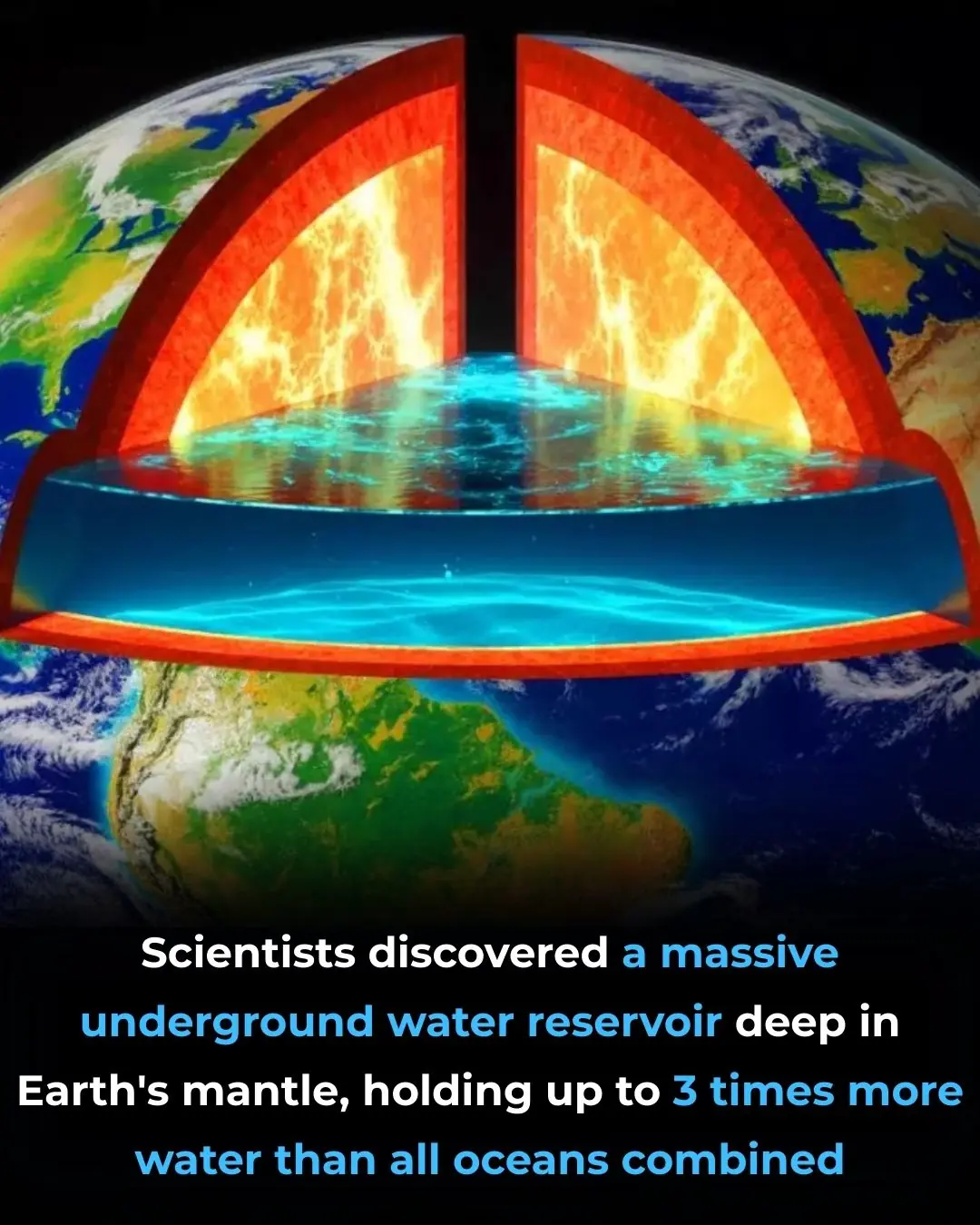
Deep Water Cycle: Scientists Discover Hidden Ocean Beneath Earth's Surface

Mexico City’s Sweeping Bullfighting Ban Marks Major Shift in Cultural and Animal-Welfare Policy

Los Angeles County Erases $180 Million in Medical Debt for 39,000 Residents
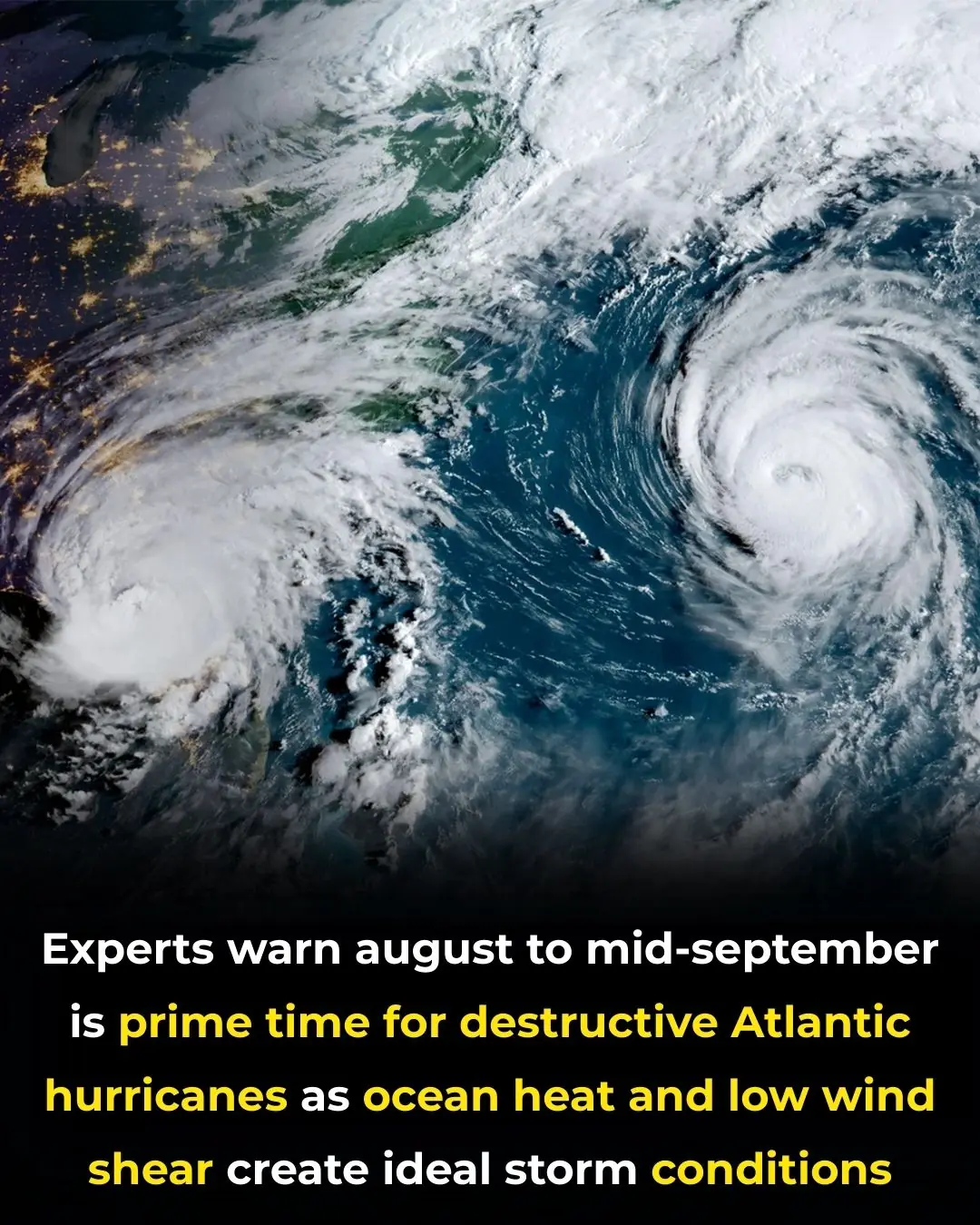
The 2025 Atlantic Hurricane Season Intensifies: A Heightened Risk for Major Storms
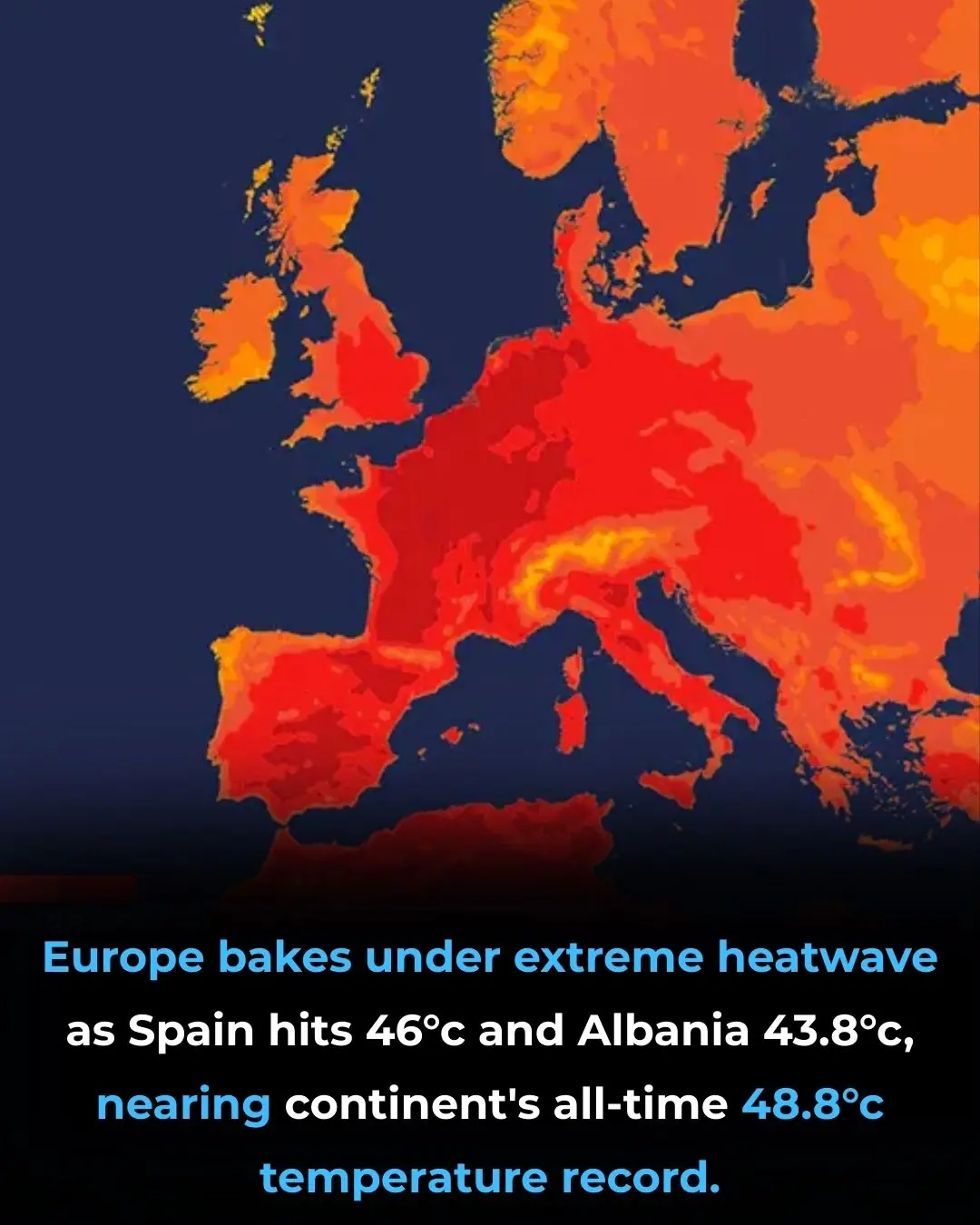
Europe Faces Unprecedented Heatwave: Rising Temperatures Strain People, Infrastructure, and Agriculture

Revolutionary Light-Based Cancer Treatment Offers New Hope with High Success Rate
News Post

CCF Tea to Burn Belly Fat

DIY Lip Balm with Vaseline and Beetroot: A Natural, Moisturizing Solution for Soft, Pink Lips

Coffee Gel For Eye Wrinkles

Coffee For Instant Skin Brightening

Japanese 4 Steps Glow Secret

30 minutes treatment for dark lips

How to Make a DIY Aloe Vera Night Cream for Glowing Skin

Rice Water Toner To Get Skin That Shines Like Diamond

Salon like Keratin Treatment at Home

Experts reveal the top 7 Shampoos to tackle hair loss effectively

10 Surprising Beauty Hacks You Never Thought You Could Do With Baby Powder

DIY Night Serum For Radiant Skin
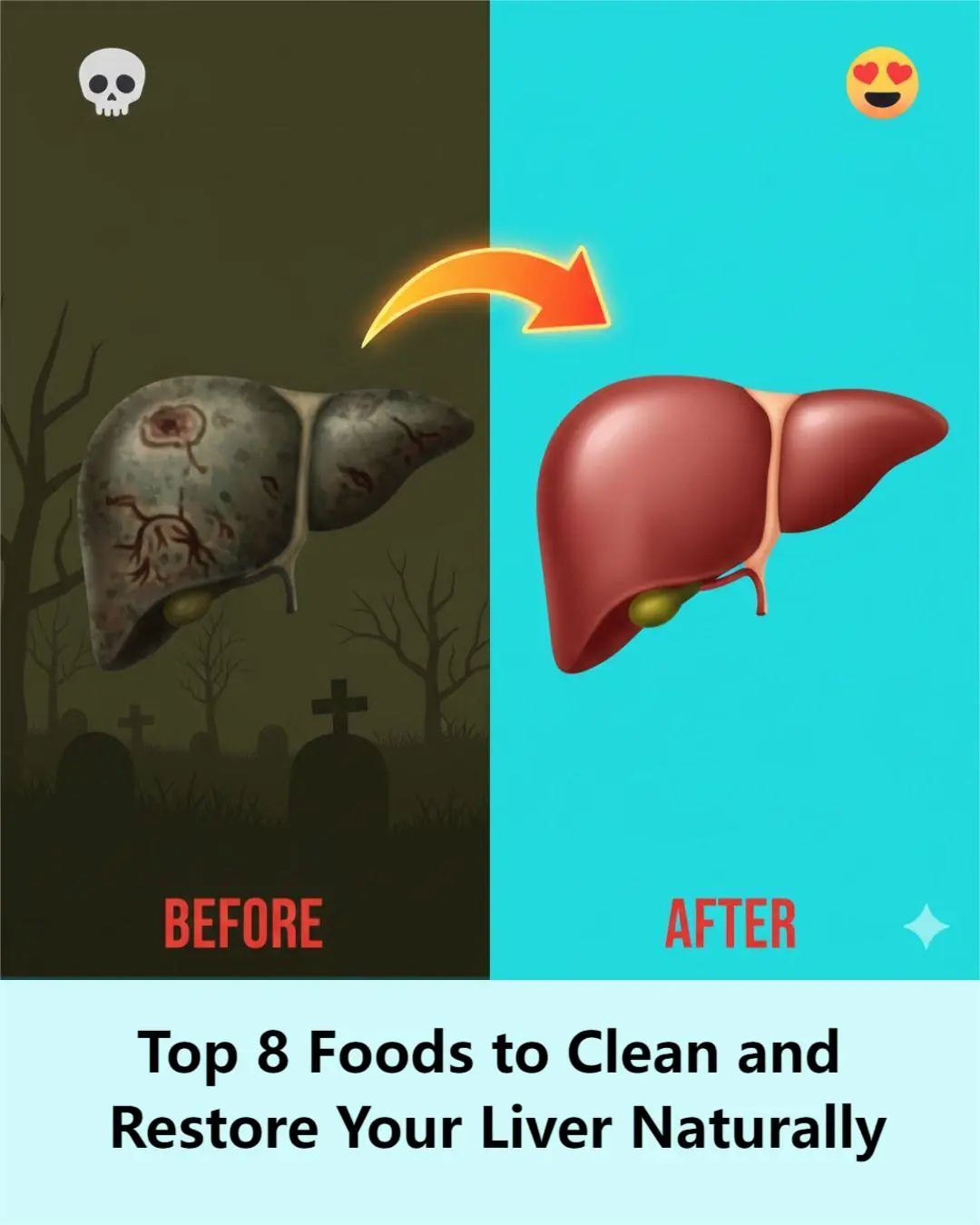
Top 8 Foods to Clean and Restore Your Liver Naturally
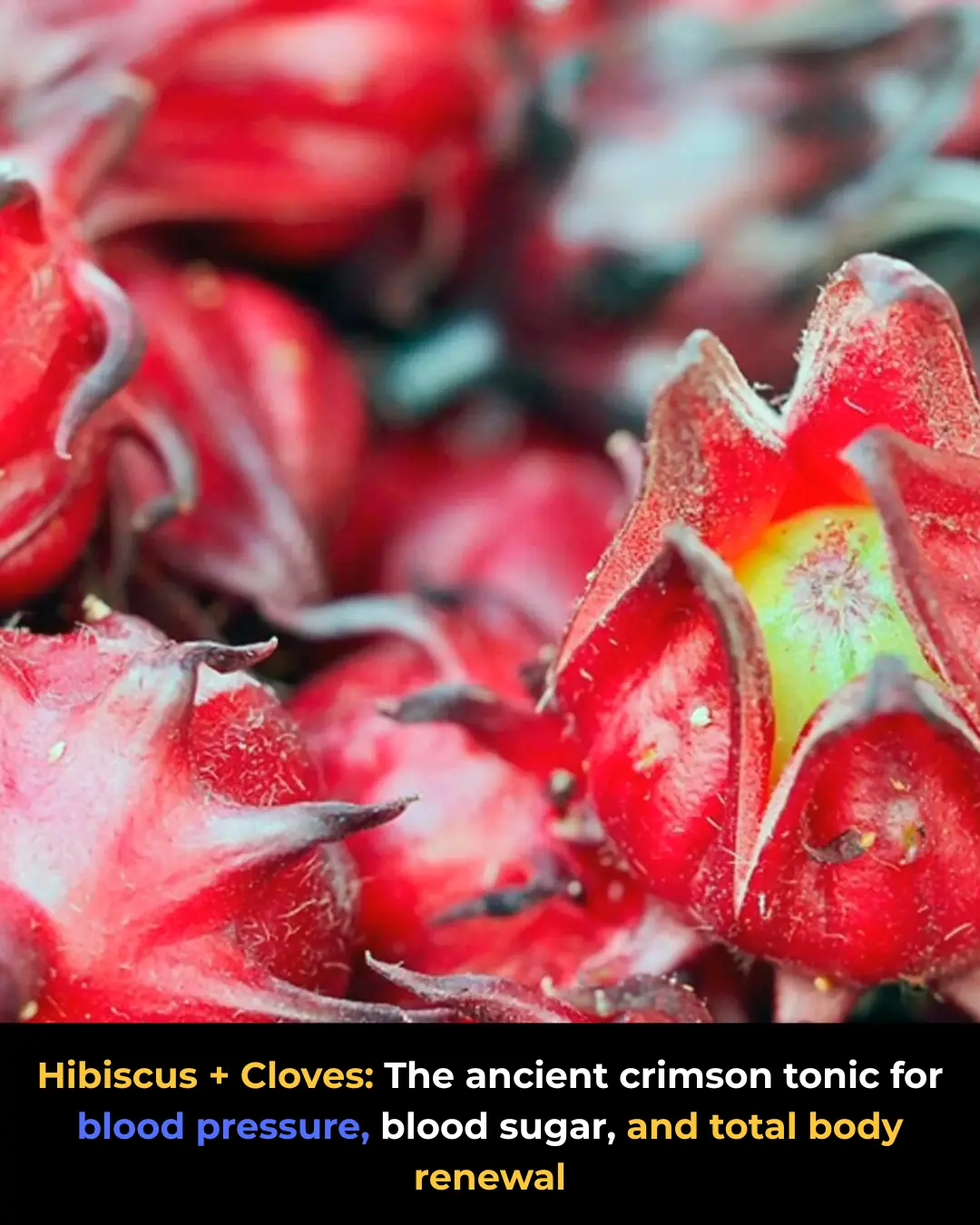
The Ancient Secret Seed That Revolutionized Wellness: Unlocking the Power of Hibiscus and Cloves

Garlic Remedy for Removing Moles and Skin Tags Naturally: What Works and What to Know

Fibromyalgia: The Hidden Energy Crisis Behind Your Pain, Fatigue, and Sleepless Nights

The Hidden Oil That Sparks Her Desire and Rekindles Your Marriage
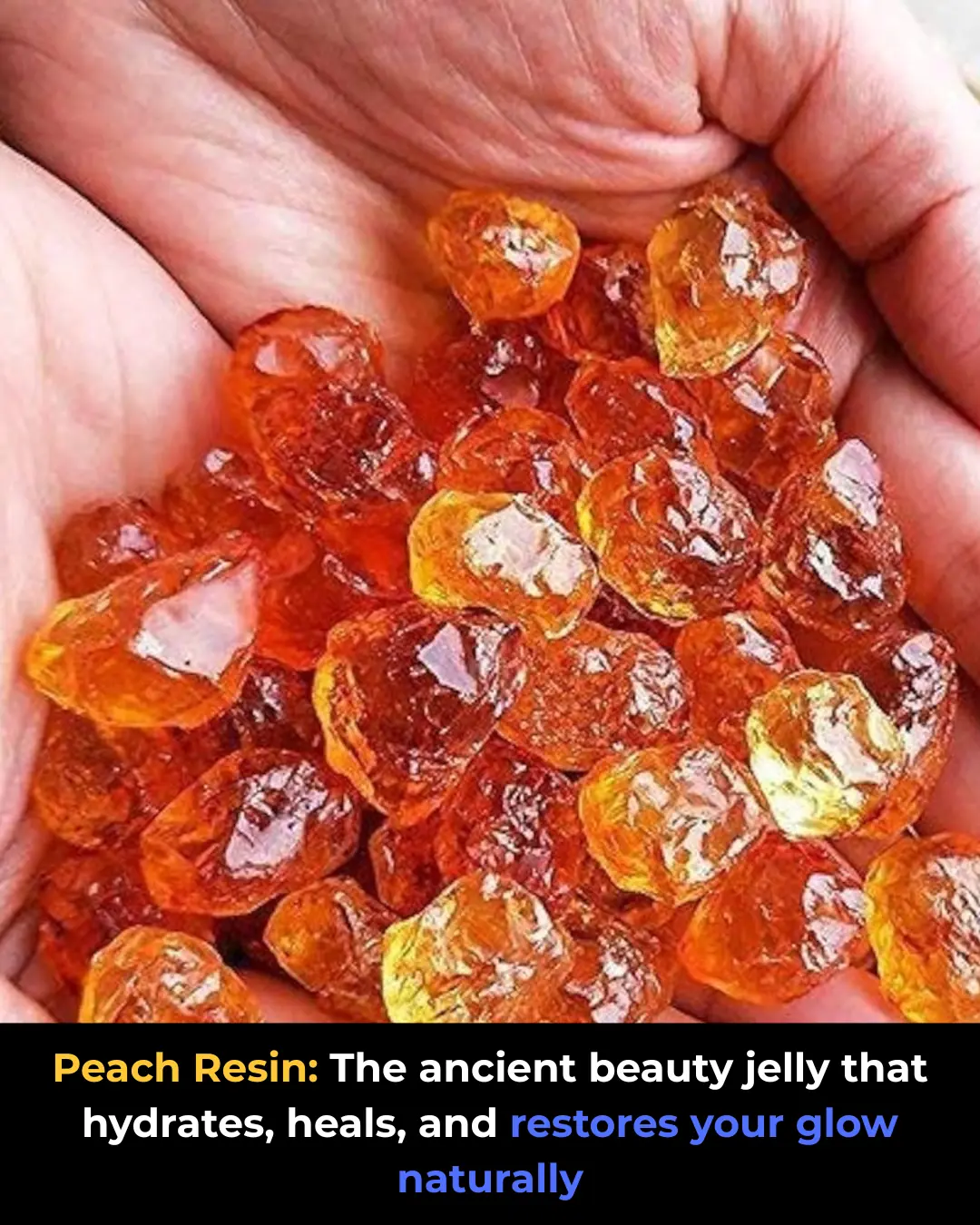
Unlock the Ancient Secret of Peach Tree Resin: 15 Life-Changing Benefits You’ll Wish You Knew Sooner

Aloe Vera & Cinnamon: The Traditional Duo That Naturally Supports Your Health, Vitality, and Vision
